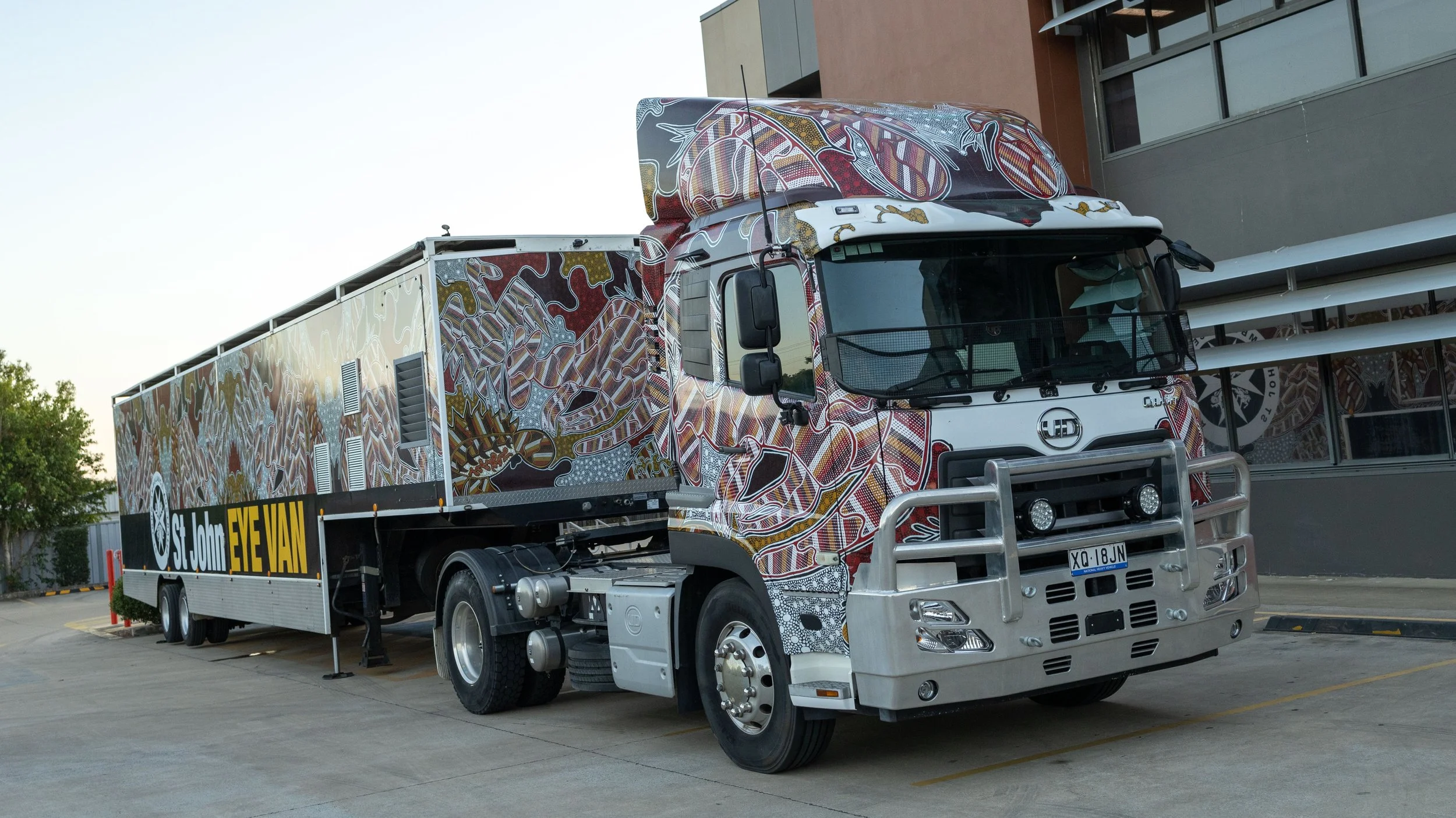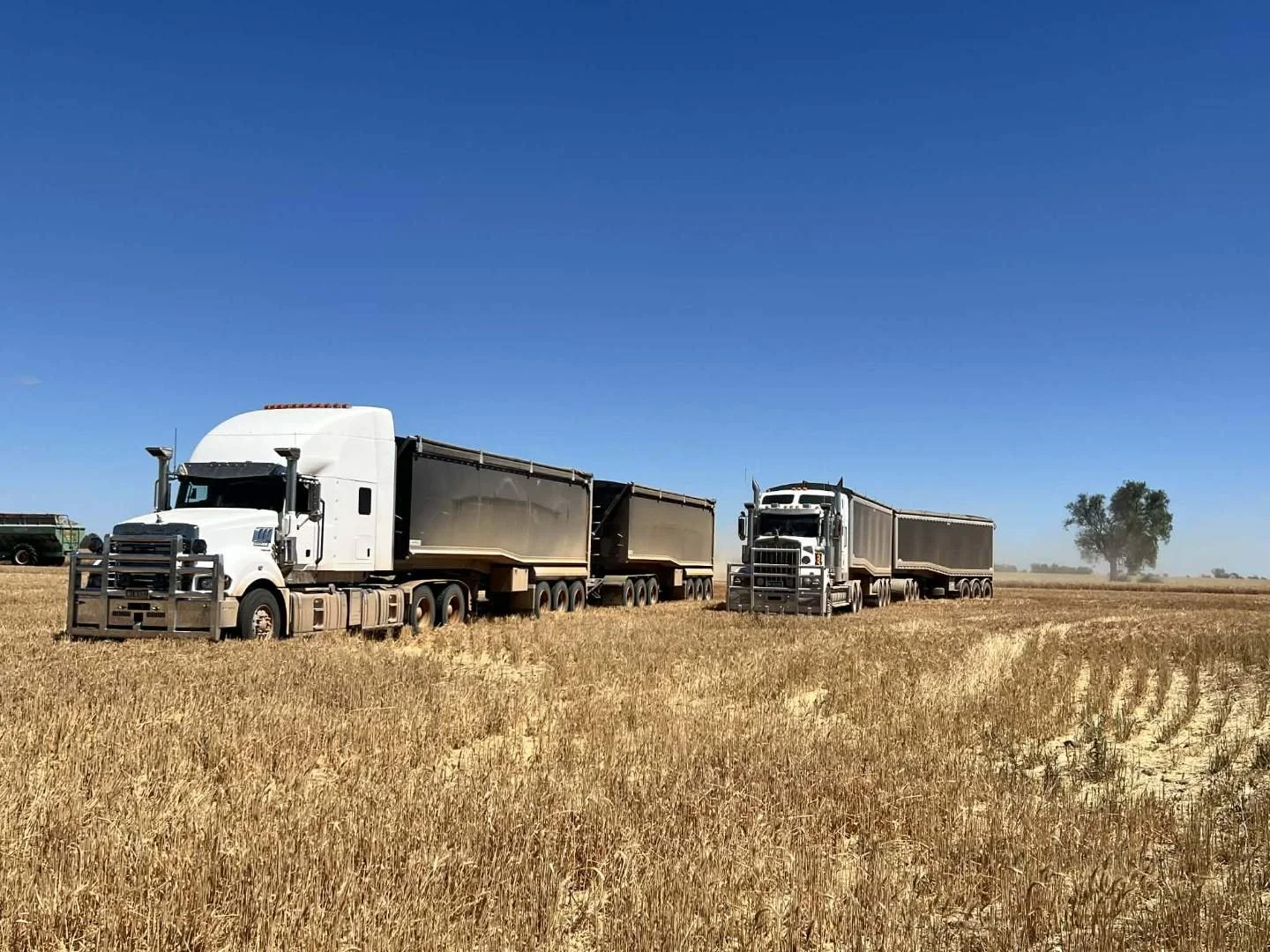Scania Ups the Ante in the Power Stakes
The Engine: More Power. More Torque. More Efficiency. Lighter.
· New 770 hp output. (up 40 hp)
· 3700 Nm from 1000 -1400 rpm (up 200 Nm)
· Low friction engine internals, updated turbo and after-treatment and an all-new engine management system.
· All-new gearbox for lesser powered models.
· Up to six-percent fuel economy improvement.
· Not yet available in Australia (but you can bet it will be).
For those of you who would rather watch than read, here is the full review:
Scania’s new V8 engines set a new benchmark of on-road output, a record 770 hp, but also vastly improved fuel efficiency as well.
The total savings can reach six percent – or more – under the right conditions, when the new G33 gearbox is included in the powertrain. Fuel savings of that magnitude make a huge difference for the operator.
The fuel savings are the result of extensive fine-tuning and development by Scania’s engineers, involving technologies at the forefront of internal combustion engine development. Among them, and provided by more than 70 new parts, are reduced internal friction, higher compression ratios, improved after-treatment systems and a new powerful engine management system (EMS). For a long-distance truck covering around 150,000 kilometres per year, the operator may save up to 4000-litres of fuel annually.
The DC16 123 produces its 770 hp with the help of bigger injectors and a fixed geometry turbocharger using ball bearings. The result is faster response and improved combustion. Shedding certain heavy components and simplifying others has also lowered the weight by up to 75 kg, compared with its predecessor.
But how does it sound?
Göran Lindh, Chief Engineer for Scania’s V8 engines says, “The new single-bank manifolds actually come with an additional advantage. Not only are they lighter and more efficient but they also contribute to the distinctive V8 sound, the typical ‘blatt’ that so many Scania customers and V8 fans appreciate.”
So we presume that it sounds pretty good.
The increased power is across the range. This 660 replaces the 620
The Gearbox:
· New range of Automated Manual Transmissions, designed for drivability and sustainability
· Gearboxes with a wider ratio spread, up to 1% less fuel and up to 3.5dB quieter
· Around 60 kg lighter, improved shifting, handles up to 3300 Nm of torque
· All-aluminium housings, reduced internal losses and economy gear ratios
· Improved retarder capacity and plenty of smart PTO solutions available
· Ensures internal combustion engines continue to support sustainable transport solutions.
Scania is introducing a new range of gearboxes that eventually will replace all current automated Scania Opticruise solutions. The first member of the new range – G33CM – is linked to the updated V8s and Scania’s high-output 13-litre engines with 500 and 540 hp.
The first new gearboxes will be seen coupled to three of Scania’s four Euro 6 V8s and two inline six engines. The new 770 hp V8 will utilise the existing gearbox mated to the out-going 730 hp engine.
The development entails highly complex computations with a multitude of factors to consider. If a favourable cruising speed can be maintained at around, or just above, 1050 engine revolutions per minute, fuel will definitely be saved. Until recently, a typical long-distance truck operated on a 1400 rpm level. Scania’s new gearbox range has a significantly wider spread with a true overdrive gear on top and can handle both low and high revs in an efficient way.
The new gearboxes are shorter than the most common Scania gearbox at present. By only using two synchromesh gears (compared to seven) between low and high range split, the new gearboxes are shorter and sturdier, with shafts capable of handling more torque. This also enables Scania to use gears with slightly wider cogs that can handle more load and are more durable.
Scania’s engineers adopted a new approach to reversing. In most gearboxes, selecting reverse entails letting a separate cog-wheel rotate the main shaft in the opposite direction. In the new Scania range, by contrast, the planetary engagement at the output shaft is used.
Reversing is effected by locking up the planetary wheel carrier. This solution allows access to eight reversing ratios at speeds up to 54 km/h (optional). An example of this application would be for tippers reversing over extended distances such as at tunnel construction sites.
Power Take Off capabilities are also vital to a huge number of customers. There will be nine different PTOs available, all offering increased performance, less drag losses and great flexibility via modularity. The EG PTOs are driven directly by the layshaft and are pressure-lubricated by the gearbox. The new interface on the gearbox with a lubrication port means that they can power heavier equipment such as hydraulic pumps.
More Blog Posts You Will Love
More From the News
Got something to say? Say it here!
truckinwithkermie.com is for YOU and about YOU. We’d love to hear your stories. There are a number of ways to get in touch with us:
kermie@truckinwithkermie.com
(+61) 0418 139 415
















